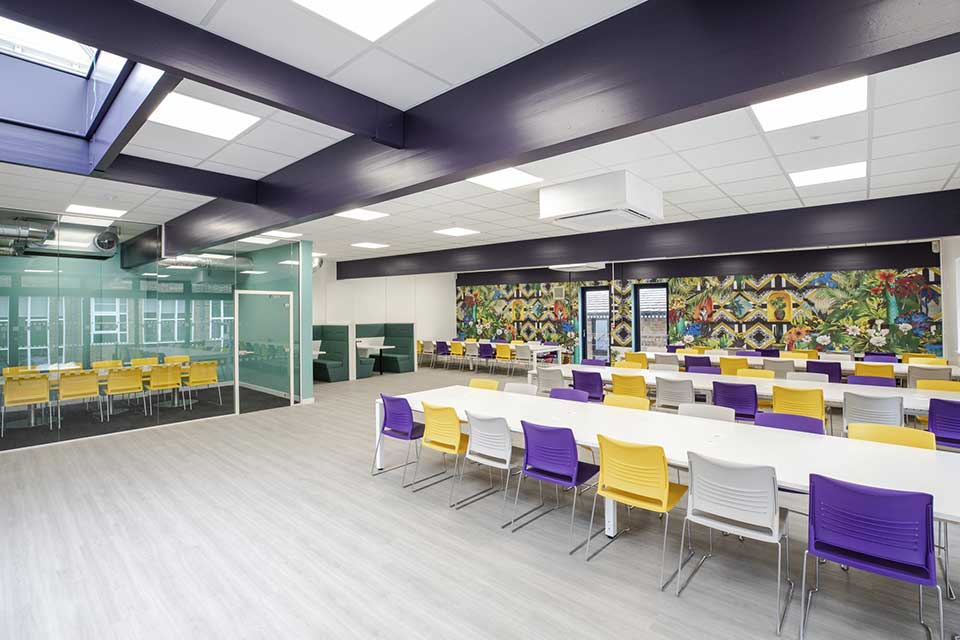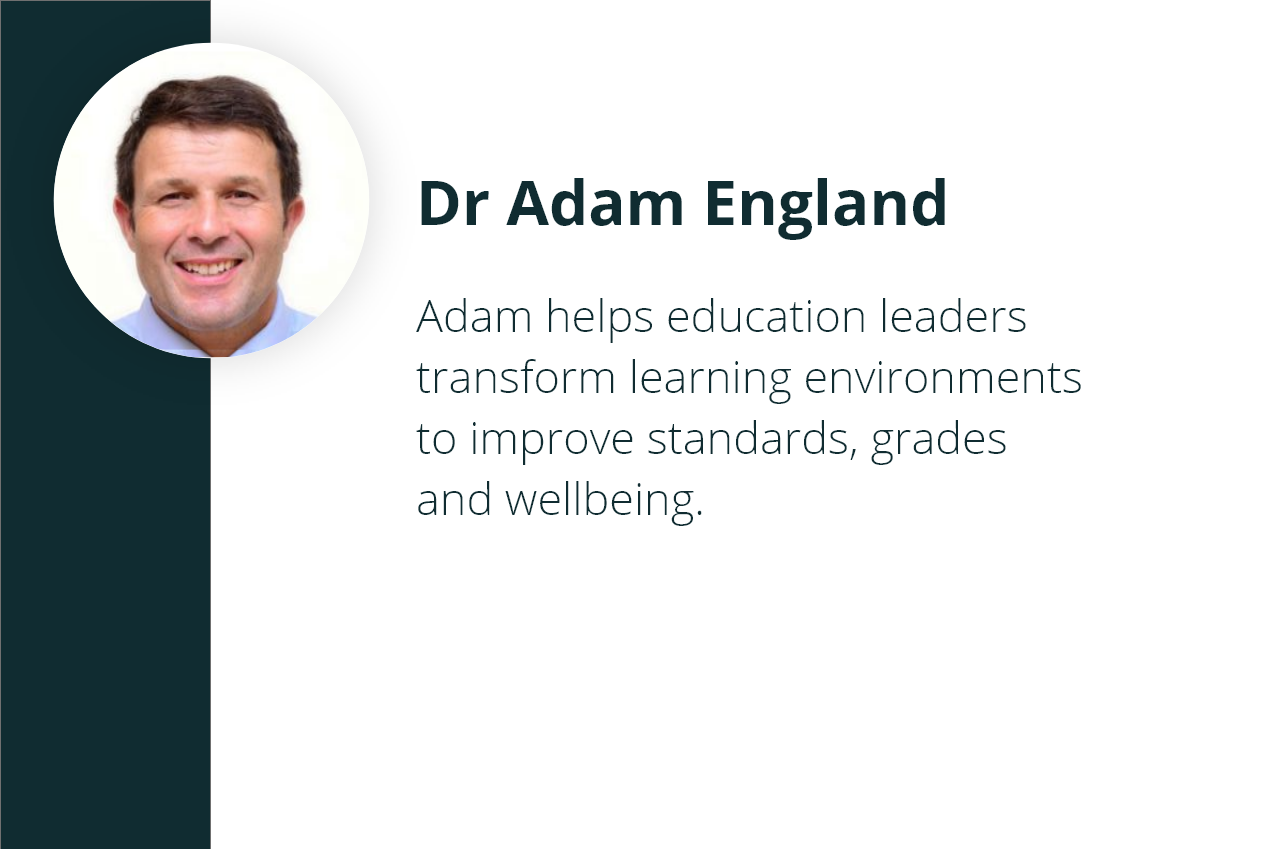Outdoor Learning Environments
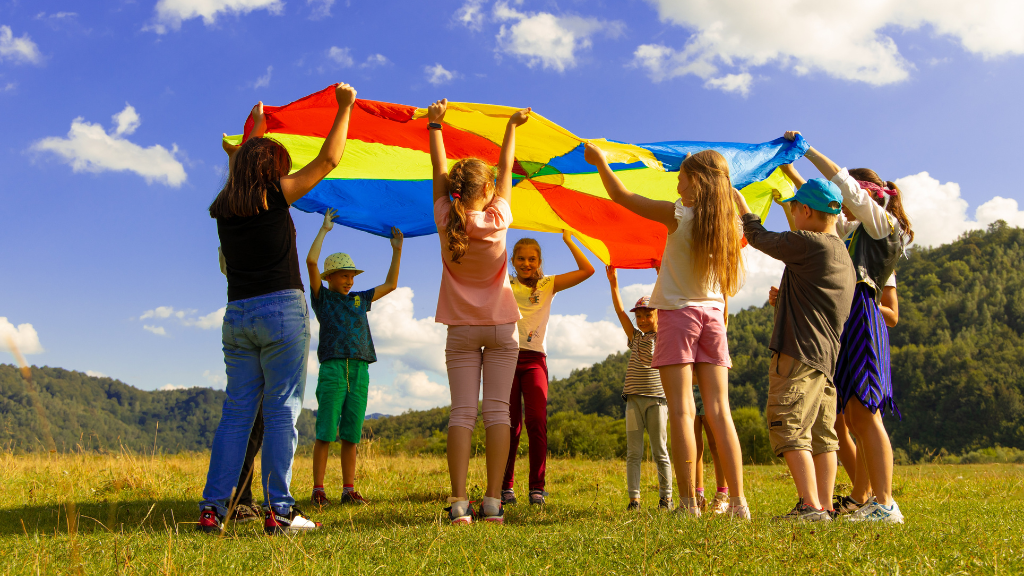
Learning never stops, and there are so many factors that support learning it can be difficult to know where to start. One area that everyone can think about is their environment. A community is built within these spaces. The right environment creates a sense of belonging and feeling of safety. With those feelings comes a certain freedom to explore, to be creative and to reach for the stars!

You are at the centre of your environment and an element of that environment. You affect and are affected by the environment, and your behaviour and learning are shaped by the environment.
Children are more deeply affected by their environment than any other age group. According to psychologists Bloom and Deutsch environments and experiences in early childhood have an important effect on intelligences and developments.
Play is the most natural learning environment for children. It recognises and develops their creative potential, increases linguistic, mental, social, emotional and motor skills and provides learning through trial, error and experience. This reinforces learning behaviours to support a lifelong love of learning. The early learning goals have been designed to support educators as they work with children to develop these skills.
A purposefully designed outdoor learning environment is a space that educators can use to satisfy the needs and demands of the children in their expert care:
- 97% of teachers say that outdoor play is critical for children to reach their full potential.
- 88% of teachers say that children are happier after playing outdoors.
- 88% of teachers say that children are more engaged in learning when taking lessons outdoors.
- 6% of teachers say that playing outdoors gives children a better understanding of the environment.
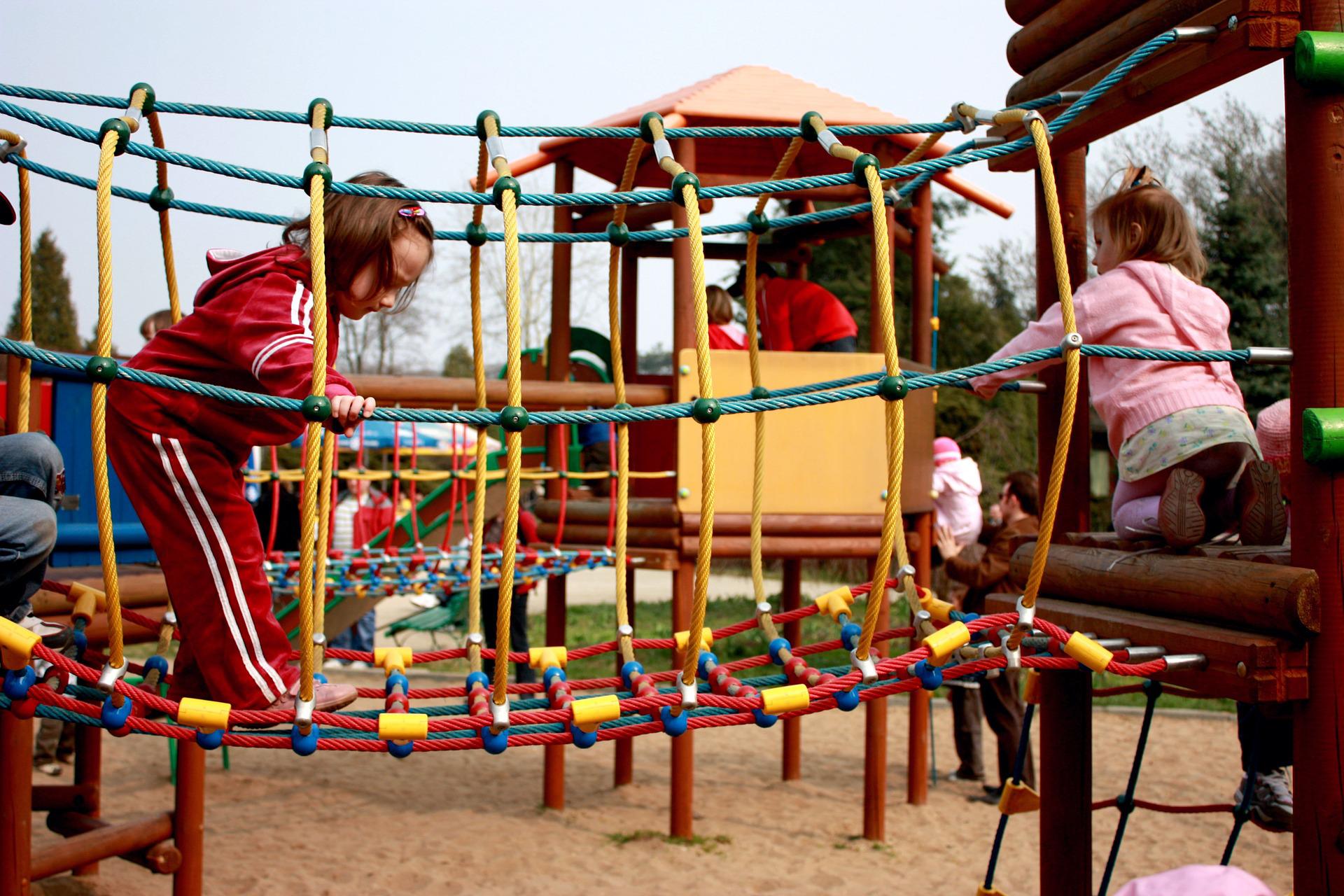
Learning is a continuous, active process. There are direct links between the 3 modes of learning (cognitive, emotional and moral) and the types of experience with nature. A direct experience with nature affects all 3 modes of learning, whilst indirect or symbolic experiences only affect emotional and moral learning.
The outdoor learning environment is so effective because it provides unique opportunities that can’t be replicated indoors. Being outdoors provides multisensory experiences in a natural environment. It gives the opportunity for more movement, open-ended interactions, observation, adventure, spontaneity, a connection with nature and a time to explore, to name just a few. There are more opportunities to engage with moderate to vigorous physical activity, to develop the gross and fine motor skills. These areas are all key milestones in the EYFS framework.
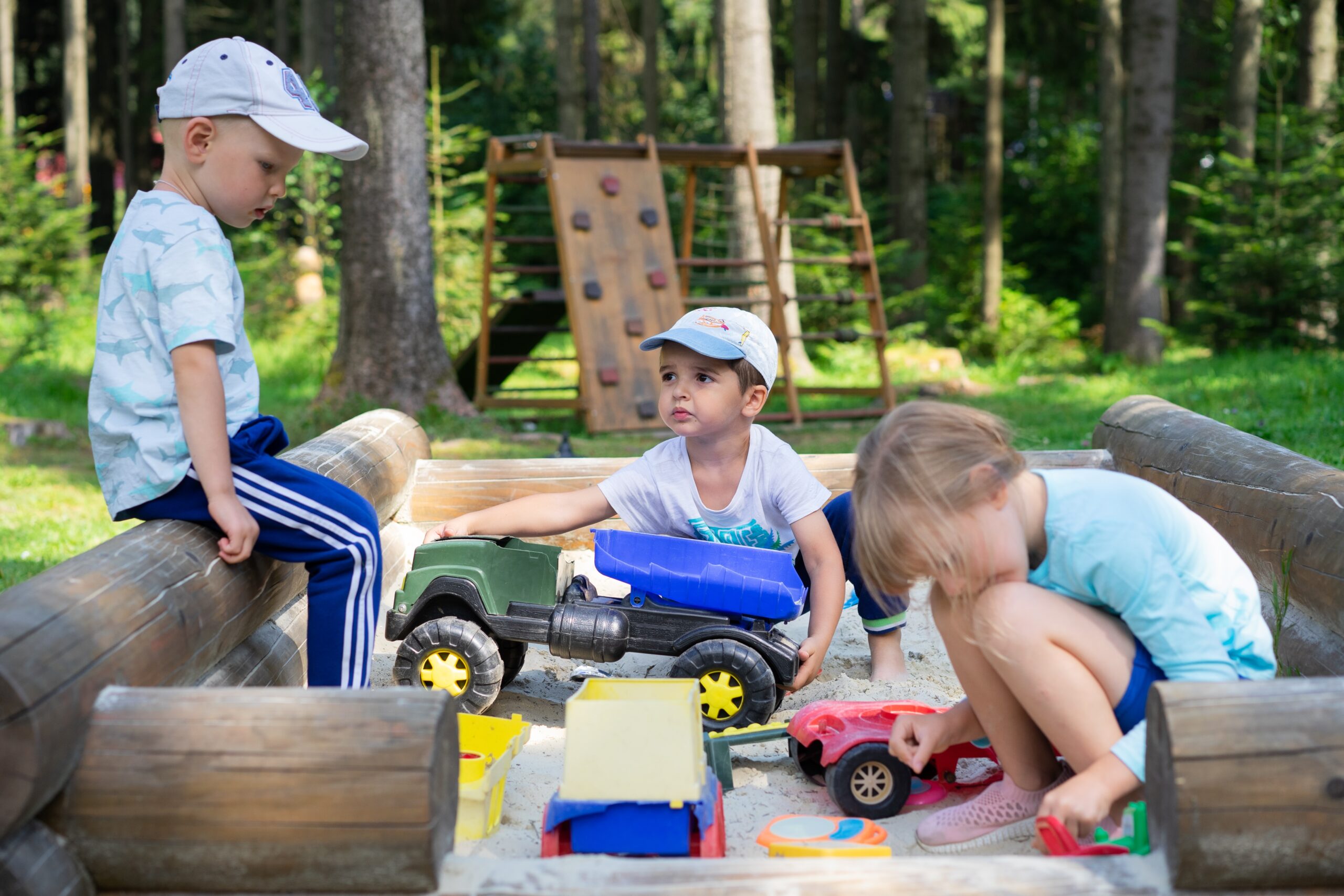
Play in an outdoor environment supports cognitive and social development; freedom to try and fail, to repeat, to observe, to encourage listening, speaking and building relationships. When it comes to understanding the world is there anything better than being able to immerse yourself in that amazing world? To have a knowledge and understanding of living things and life cycles in an authentic context?
To begin thinking about outdoor learning spaces you need to consider what you are trying to achieve and the affordances it can offer. They are unique to each child and depend on factors which include their size, strength and motivation. It therefore takes time, research and expertise to create a space which is inclusive and sustainable and has impact on a child’s learning journey.
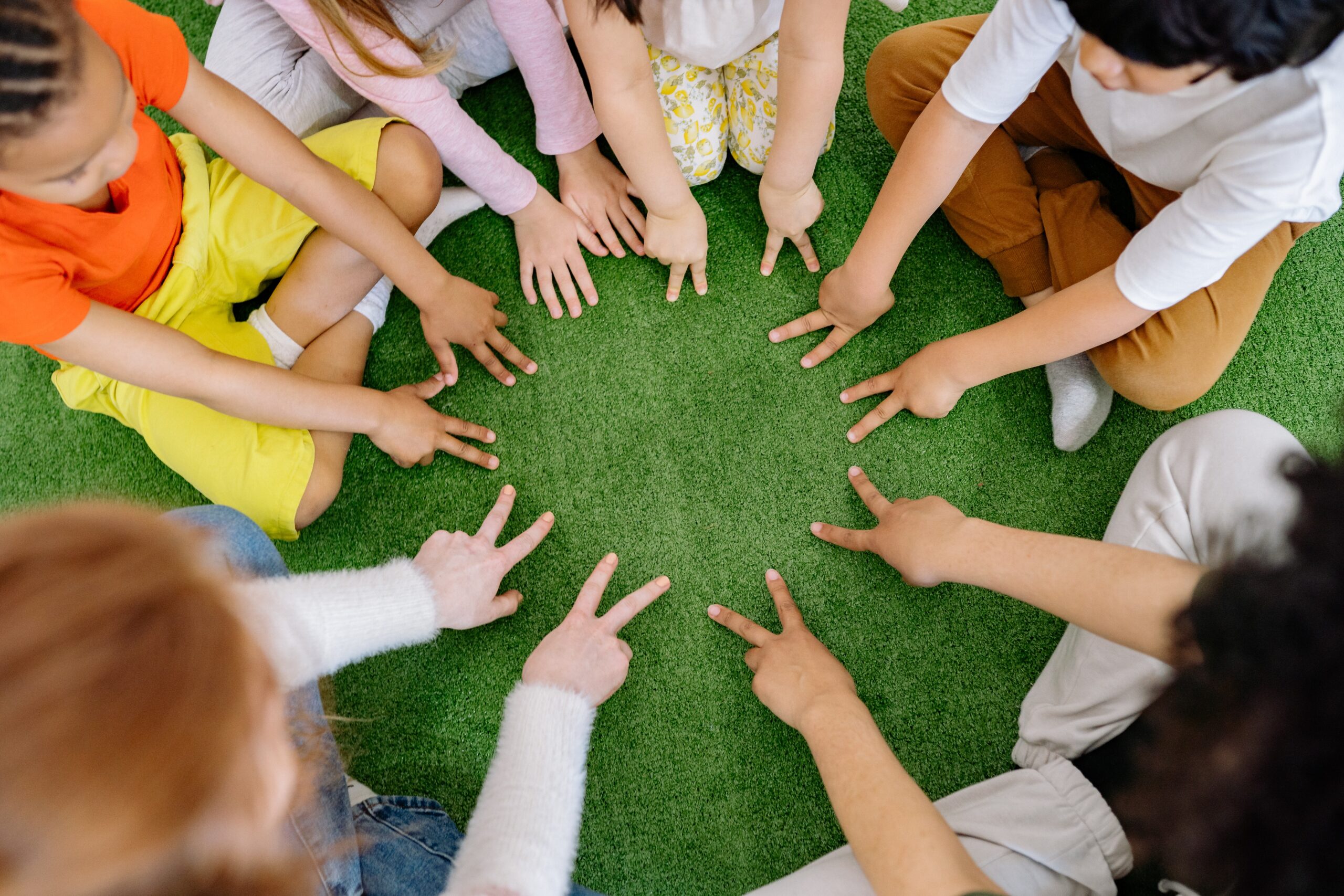
Our designs use educational research to ensure that all your learning environments work together to maximise progress and love of learning for your children.
Are you making the most of your outdoor learning spaces? Do you know if your outdoor environments are having an impact on learning? Our experience and expertise can help you find out.
Interested in learning more?
I’d be glad to discuss with you, follow the link to find a time which suits you.



